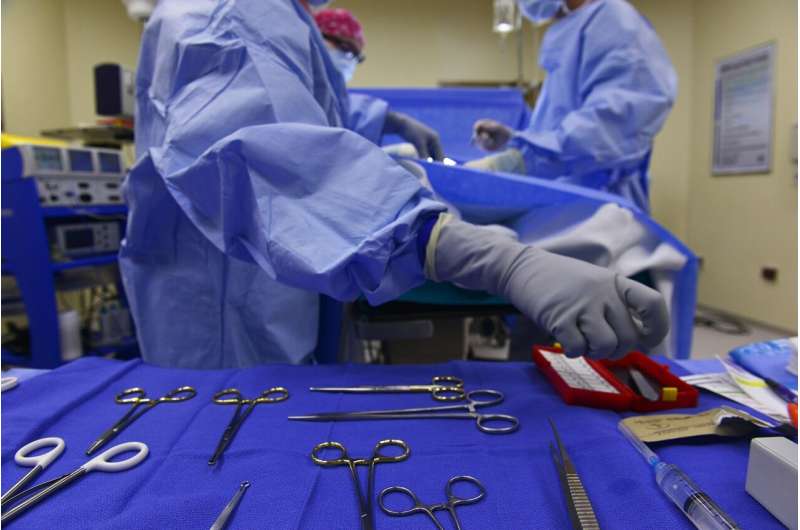Innovative 4D Optical Method Maps Airway Wall Elasticity During Bronchoscopy

A breakthrough 4D optical coherence tomography technique enables rapid, detailed mapping of airway wall elasticity during bronchoscopy, enhancing respiratory diagnostics and treatment planning.
Scientists have introduced a rapid and precise technique to measure the elasticity of airway walls using optical coherence tomography (OCT), a method that could transform respiratory diagnostics. This new approach allows clinicians to assess how airway tissues deform during breathing, providing crucial insights into respiratory health conditions such as airway obstruction or injuries from burns.
Traditionally, measuring airway compliance with OCT required lengthy scans, limiting its practicality in clinical settings. The novel method employs a 'retrospective, respiratory-gated' 4D OCT scanning technique. Instead of sequentially imaging the entire airway, the catheter moves in a sawtooth pattern along a 50 mm segment, capturing data at various points across the breathing cycle—both at high and low pressure. Post-scan, the data is sorted by position and phase of respiration, enabling the calculation of compliance with a fine spatial resolution of 0.5 mm.
The researchers verified this approach in several models, including simulations, rigid and flexible phantoms, and live pigs. In a 3D-printed rigid model, measurements matched actual dimensions within 0.11 mm. Tests on silicone tubes demonstrated a compliance measurement variation of only about 4%, indicating high reproducibility. Additionally, structured balloon experiments mapped elasticity variations effectively, while live pig trials produced compliance values aligning with previous studies and revealed meaningful variations along the airway.
Remarkably, the entire 50 mm scan took less than 42 seconds, equating to about 0.42 seconds per measurement, making it suitable for routine use during bronchoscopy procedures. This technique shows promise for diagnosing and monitoring upper airway disorders, assessing injuries, and guiding treatment decisions, with minimal added time or risk.
This advancement was detailed in the Journal of Biomedical Optics, highlighting the potential for improved airway assessment and patient management. Source: https://medicalxpress.com/news/2025-08-4d-optical-technique-airway-wall.html
Stay Updated with Mia's Feed
Get the latest health & wellness insights delivered straight to your inbox.
Related Articles
Racial and Economic Segregation Correlates with Late-Stage Cancer Diagnoses
Neighborhood racial and economic segregation is linked to higher rates of late-stage breast and cervical cancer diagnoses, highlighting the need for targeted early detection efforts.
Household Water Testing Promotes Critical Behavior Changes to Reduce E.coli Risks
Simple household water tests and basic educational interventions can significantly promote safe water practices, reducing E.coli risks in vulnerable communities—cost-effective public health solutions that save lives.
Groundbreaking Research Links Faulty Womb Lining to Preventable Pregnancy Loss
New research identifies abnormal womb lining as a key, preventable factor in pregnancy loss, paving the way for innovative treatments to reduce miscarriage risks.
Strategies to Shorten Waiting Periods for Hip and Knee Replacement Surgeries
New research highlights effective care models such as regional team-based approaches and centralized referral systems to reduce long wait times for hip and knee replacements in Canada, enhancing patient outcomes and healthcare equity.



